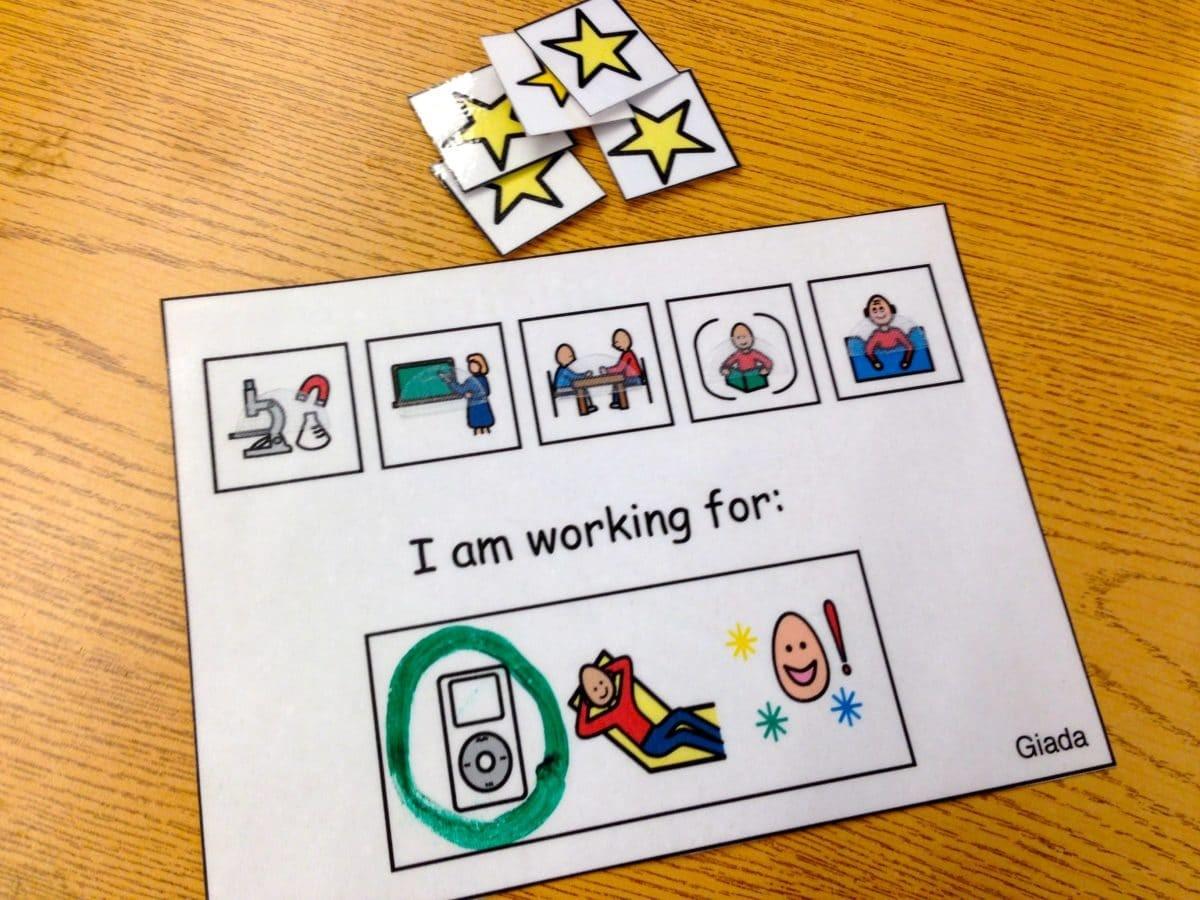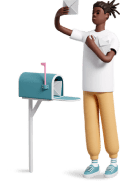
Parenting a child with Autism Spectrum Disorder (ASD) comes with unique challenges, and one of the key areas that requires careful attention is the home environment. Organizing your home, particularly your child’s play area, can significantly reduce stress and anxiety for both the child and the parent. In Kenya, where awareness of autism is growing, creating a structured and predictable space can help children on the autism spectrum thrive. Here’s how you can organize toys and play areas to make your home a more autism-friendly environment.
Why Organization Matters for Children with Autism
Children with ASD often feel overwhelmed by the unpredictability of the world. A disorganized home can heighten that anxiety, making it harder for them to focus or engage in play. An organized space, on the other hand, offers comfort, structure, and routine — all of which are essential for children with autism. By knowing where their toys, books, and other belongings are kept, children develop a sense of security and independence.
Tips for Organizing Your Child's Playroom
- Create a System for Toys and Activities The first step in organizing your child’s playroom is to develop a system for storing toys, books, and crafts. Clear, well-defined systems help your child understand where items belong, which fosters predictability and ease. Use storage bins or baskets to group items by category, such as board games, books, puzzles, or craft supplies.
- Use Transparent or Labeled Containers For easy identification, use clear plastic storage bins or fabric baskets with windows. These containers make it easy for your child to see what is inside without opening everything. Additionally, label each bin with both a written tag and a picture of the contents. This visual aid is especially helpful for children who may not yet be able to read or for those who rely on visual cues.
- Color-Coding for Easier Recognition If your child responds well to visual organization, consider color-coding the bins. For example, you could use blue for educational toys, green for outdoor toys, and red for puzzles or board games. This method simplifies cleanup and ensures that your child knows exactly where to place things after playtime.
- Create Zones Within the Playroom Divide the playroom into zones for different activities. Have a reading corner with a bookshelf for books, a craft table with art supplies, and a floor mat for building blocks or cars. This zoning gives your child clear boundaries and makes it easier to transition from one activity to another. Kenyan households may vary in size, but even a small area can be zoned effectively.
- Promote Independence by Keeping Things Accessible Children with autism can benefit from a sense of independence. Store frequently used toys on lower shelves or in easily reachable places so your child can access them without needing constant help. For items that require supervision, like paints or scissors, keep them on higher shelves or in locked cabinets.
- Rotate Toys to Avoid Overstimulation Too many toys in one space can be overwhelming for any child, but this is especially true for children with autism. Consider rotating toys to reduce clutter and overstimulation. You can keep some toys in storage and switch them out every few weeks to keep the play area fresh and manageable.
- Use Visual Schedules for Routine Incorporate visual schedules to help your child understand when it’s time to play and when it’s time to clean up. A simple chart with pictures of daily activities, including playtime and cleanup, can reinforce the routine and reduce any resistance to tidying up after play. This is especially useful for children who struggle with transitions.
- Minimize Distractions Keep the playroom free of unnecessary distractions like loud noises, bright lights, or clutter. Children with autism may have sensory sensitivities, and creating a calm, orderly space will help them focus and feel more at ease.

Final Thoughts
Every child with autism is unique, and what works for one may not work for another. These tips provide a starting point for organizing your child’s toys and play area, with the goal of reducing stress and fostering a sense of calm and order. In Kenya, where understanding of autism is growing, creating a supportive home environment can make a world of difference for your child’s development and wellbeing.
With structure, routine, and a well-organized playroom, your child will be able to explore, learn, and play in an environment that supports their individual needs.






